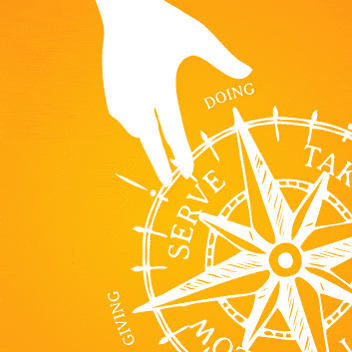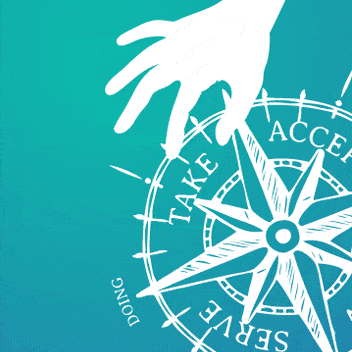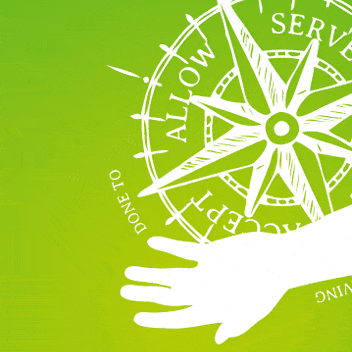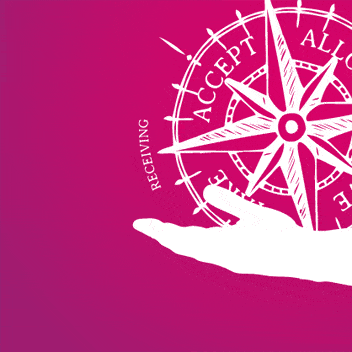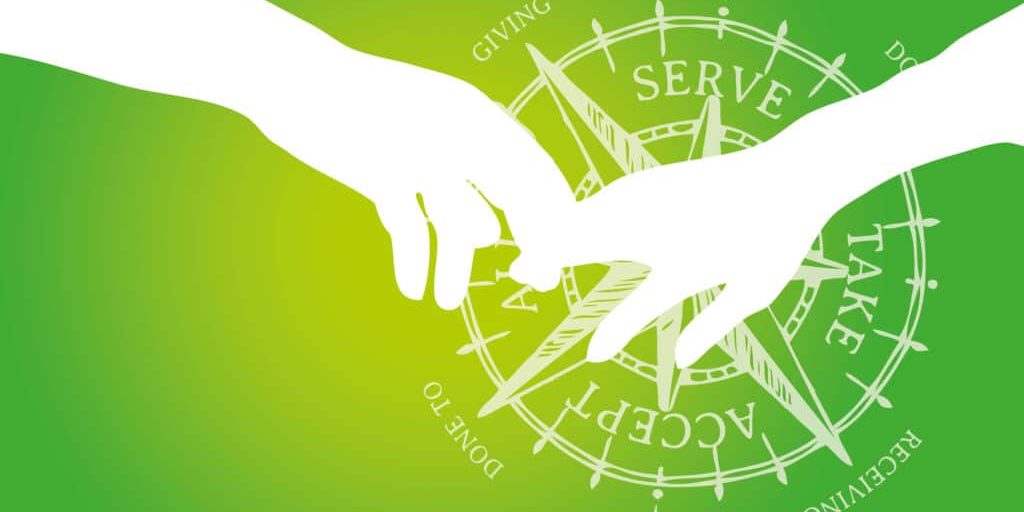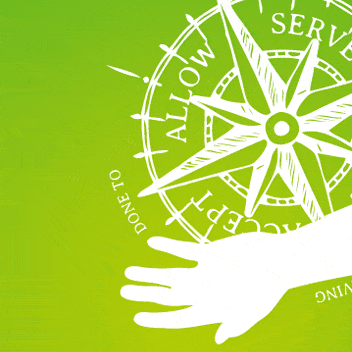
Allowing
One reason a lot of us find the concept of Taking so challenging is that when it’s unconsenting it results in someone being forced into allowing. And we all know only too well how that feels…
Every day we are forced into allowing, without our full consent. Enduring endless ads for things we don’t want wherever we go (even on our phones and in our homes); tolerating behaviour from strangers, colleagues and even friends, which doesn’t take into account our own needs.
Why are we so comfortable to allow?
Allowing is something we’ve learned since the day we were born. Our earliest experiences as a baby are ones of allowing our caregivers to make decisions about what happens to our body.
They may have our own best interests at heart, but even if we cry or scream because we don’t like something they’re doing, our protest is often overridden. So we learn to put up and shut up.
In the Wheel Of Consent, Allowing is the aspect most of us feel most comfortable with as a default, even if it often doesn’t yield results that make us feel comfortable.
How far is too far?
In fact we’re so used to existing in a state of constant Allowing that we no longer really have any idea where our limits are. We no longer know when to say: ‘this far, but no further’. Until it’s too late.
So how can we learn to change this pattern, and begin to be more conscious about what and how we Allow?
The Wheel Of Consent offers a more positive way to experience allowing.
How can the Wheel Of Consent help you with Allowing?
Allowing means giving somebody else access to you, for their benefit, while staying responsible for your own limits
It’s all about choice.
You need to know, in your body, that you have a choice about what you allow – particularly in interaction with other people.
Allowing is a form of giving, and what you’re giving is access to you.
One simple way to help enable choice is to take a pause, so that you can really be sure how willing you are for something to happen. Or to change your mind if you’re no longer willing for something to continue.
Pausing gives you time to check with yourself what your limits are, and whether they’ve been reached. It’s harder to do this while something is in the process of happening to you, so pausing enables more clarity.
It can be as simple as just taking a moment for a few deep breaths. Or you could make a verbal request to the other person for a pause.
Find out how you can work with me to learn more about it.
The quadrants
Each quadrant in the Wheel Of Consent creates a different experience and teaches you something different about yourself. Learn more about each one:
Enjoyed reading this?
If you've found this page helpful you can get more tips and resources for better relating straight to your inbox. Sign up here and get my free How To Be Heard guide to start you off:
Explore more:
A simple approach to consent and boundaries
If you feel overwhelmed by the idea of consent and boundaries here are some simple things to focus on which will make it easier to understand.
Read MoreWhy are we so scared of talking in the bedroom?
Talking in the bedroom is often viewed as ‘dirty’ or avoided completely. Find out why it’s time to change that narrative.
Read MoreGiving and receiving explained – 6 key ways to tell the difference
If you think giving and receiving don’t need to be explained you might be surprised by this handy guide that breaks down the differences
Read MoreEvents & courses
Healthy Relationships with the Wheel Of Consent – Glastonbury
29 – 30 Nov, Glastonbury. This 2-day ‘hands-on’ introductory workshop teaches you the essentials of the Wheel Of Consent as a practical tool to create healthy relationships.
Read MoreLearn To Touch – Supported Self Study Course
Online. Discover a whole new approach to touch that will change how you feel – literally! A short, affordable, practical guide you can learn in less than an hour a day.
Read More